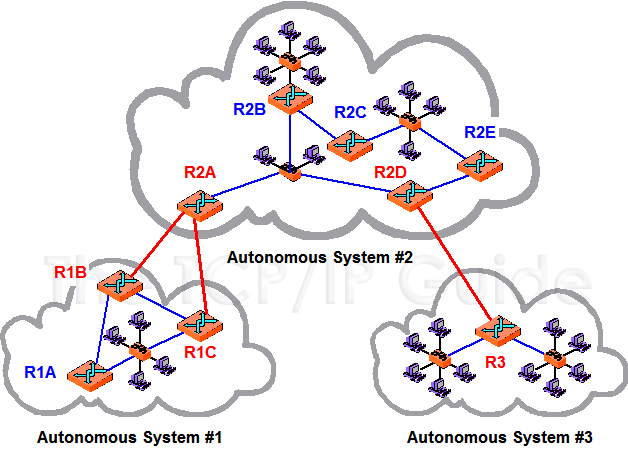 |
|
Please Whitelist This Site?
I know everyone hates ads. But please understand that I am providing premium content for free that takes hundreds of hours of time to research and write. I don't want to go to a pay-only model like some sites, but when more and more people block ads, I end up working for free. And I have a family to support, just like you. :)
If you like The TCP/IP Guide, please consider the download version. It's priced very economically and you can read all of it in a convenient format without ads.
If you want to use this site for free, I'd be grateful if you could add the site to the whitelist for Adblock. To do so, just open the Adblock menu and select "Disable on tcpipguide.com". Or go to the Tools menu and select "Adblock Plus Preferences...". Then click "Add Filter..." at the bottom, and add this string: "@@||tcpipguide.com^$document". Then just click OK.
Thanks for your understanding!
Sincerely, Charles Kozierok
Author and Publisher, The TCP/IP Guide
|
|
|

Custom Search
|
|
Overview Of Key Routing Protocol Concepts: Architectures, Protocol Types, Algorithms and Metrics
(Page 2 of 3)
Modern Protocol Types: Interior and Exterior Routing Protocols
The different nature of routing within an AS and between ASes can be seen in the fact that distinct sets of TCP/IP routing protocols are used for each type:
- Interior Routing Protocols: These protocols
are used to exchange routing information between routers within an autonomous
system. Interior routing protocols are not used between ASes.
- Exterior Routing Protocols: These protocols are used to exchange routing information between autonomous systems. They may in some cases be used between routers within an AS, but primarily deal with exchanging information between autonomous systems.
|
Since autonomous systems are just sets of routers, this means that ASes are connected by linking a router in one AS to a router in another AS. Architecturally, an AS consists of a set of routers with two different types of connectivity:
- Internal Routers: Some routers in an AS
connect only to other routers in the same AS. These run interior routing
protocols.
- Border Routers: Some routers in an AS connect both to routers within the AS and to routers in one or more other ASes. These devices are responsible for passing traffic between the AS and the rest of the internetwork. They run both interior and exterior routing protocols.
Due to its advantages, the autonomous system architecture, an example of which can be seen in Figure 171, has become the standard for TCP/IP networks, most notably the Internet. The division of routing protocols into the interior and exterior classifications has thus also become standard, and all modern TCP/IP routing protocols are first subdivided by type in this manner. You can see this reflected in the subsection titles in the rest of this section on routing protocols.
|
|
| |||||||||||||||||||
Home - Table Of Contents - Contact Us
The TCP/IP Guide (http://www.TCPIPGuide.com)
Version 3.0 - Version Date: September 20, 2005
© Copyright 2001-2005 Charles M. Kozierok. All Rights Reserved.
Not responsible for any loss resulting from the use of this site.







 Key Concept: Interior routing protocols are used to share routing information within an autonomous system; each AS may use a different interior routing protocol because the system is, as the name says, autonomous. Exterior routing protocols convey routing data between autonomous systems; each AS must use the same exterior protocol to ensure that they can communicate.
Key Concept: Interior routing protocols are used to share routing information within an autonomous system; each AS may use a different interior routing protocol because the system is, as the name says, autonomous. Exterior routing protocols convey routing data between autonomous systems; each AS must use the same exterior protocol to ensure that they can communicate.